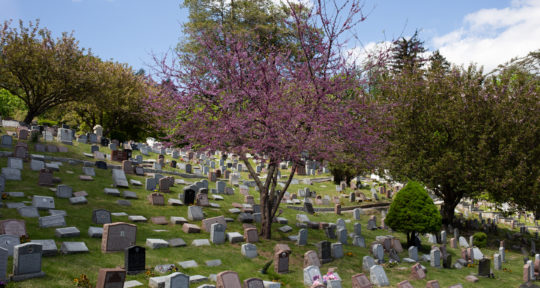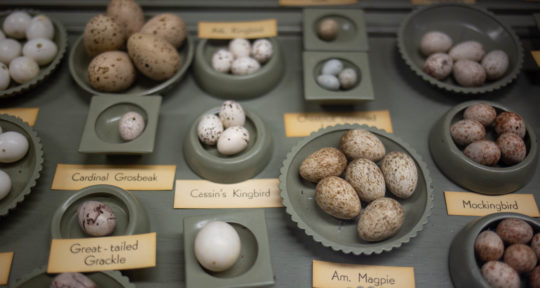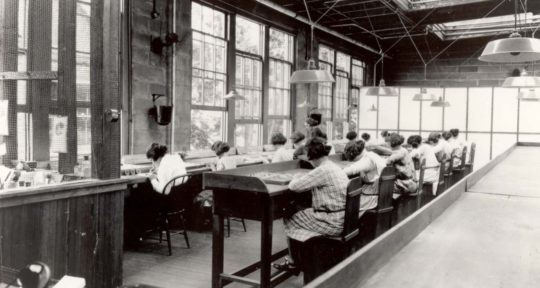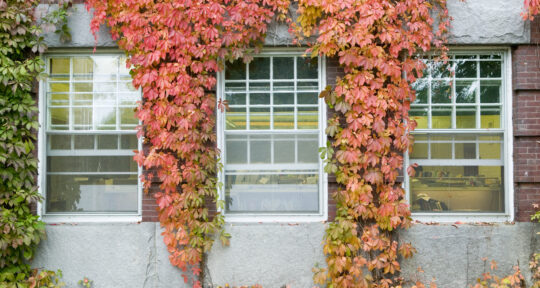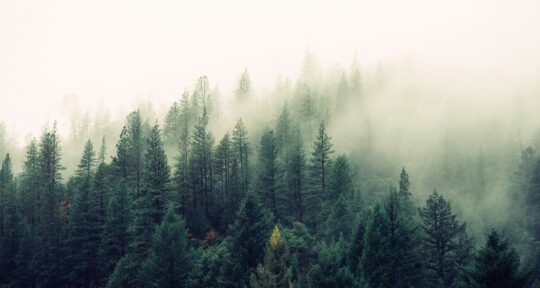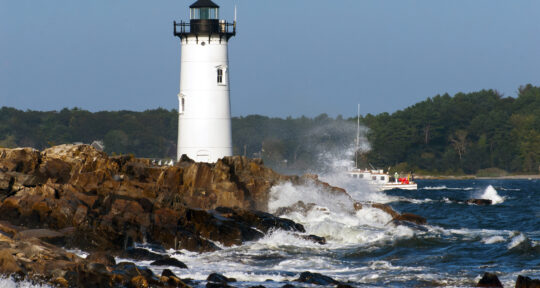As the audience files into the Portland Stage Studio theater, I dance alone in the tech booth to the preshow soundtrack—a 16-minute fusion of traditional Indian music and modern electronica. It’s my ritual, this dancing. It gets my blood circulating before the show begins. In a few minutes, I’ll dim the house lights and run the cues from the script, but for the moment, I’m free to perform my own private solo show.
I’m in Portland, Maine for the eighth annual PortFringe. The global phenomenon that is fringe began as a protest movement of underground theater artists shut out of the venerable Edinburgh International Festival. Since then, the Edinburgh Fringe has outstripped the original festival in terms of participation and attendance, and has grown into the largest arts festival in the world. In 2018, it spanned 25 days and featured more than 55,000 performances.
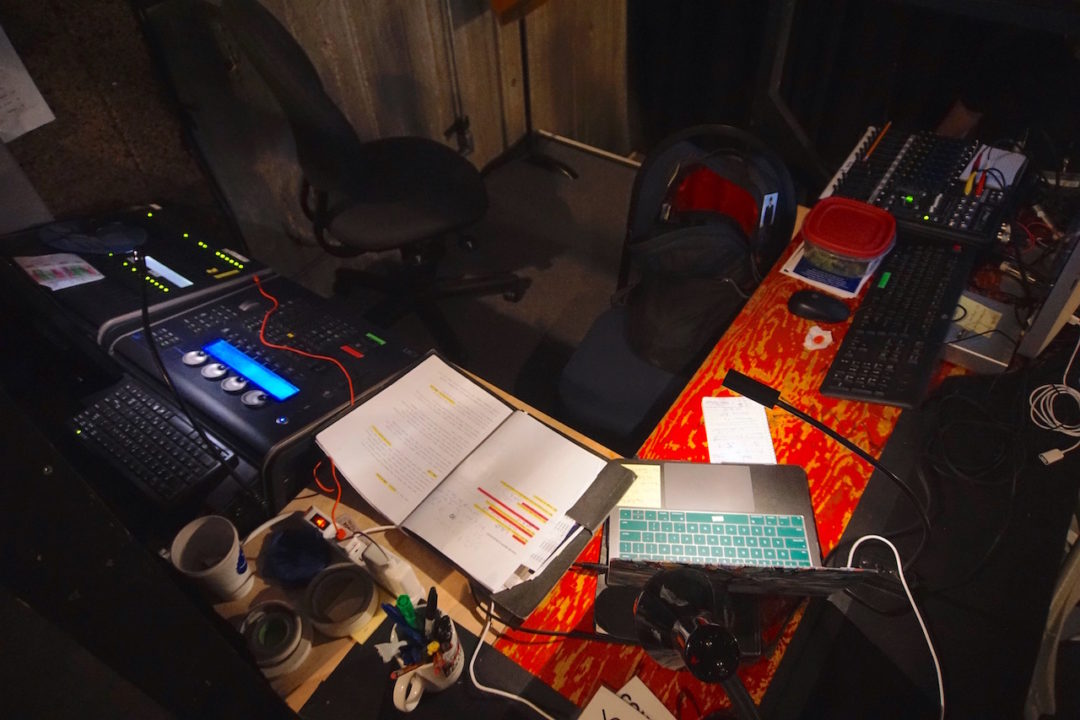
Over the last 30 years, fringe festivals have spread all across North America as well. In Canada, a unified circuit of fringes runs from Montreal to Vancouver between May and September, making it possible for independent artists to tour the country all summer long. Several fringe festivals located in the U.S. are also a part of the Canadian Association of Fringe Festivals (CAFF)—including PortFringe.
I’m here as a traveling technician and stage manager with Christina Augello—the founder of the San Francisco Fringe Festival—who is touring with her solo storytelling show, Denial is a Wonderful Thing. It’s Christina’s third tour on the CAFF circuit in twenty years, and my fifth. Like many of the touring shows on the circuit, Christina’s is a solo storytelling show detailing some of her adventures in travel and in romance, both in the ‘60s and in her 60s. Revealing and revelatory, she hopes her story will serve as an inspiration for would-be adventurers—starting with ourselves and our months-long CAFF tour.
PortFringe 101
Portland’s fringe festival, like Portland itself, is compact, charming, and walkable. You learn a lot about a city’s arts scene from its fringe venues, and Portland’s feels very youthful and D.I.Y. While our show is housed in a traditional theater, others are located in warehouses, dance studios, and even bars. A total of 40 shows are presented over a period of 10 days, in nine venues scattered around downtown.
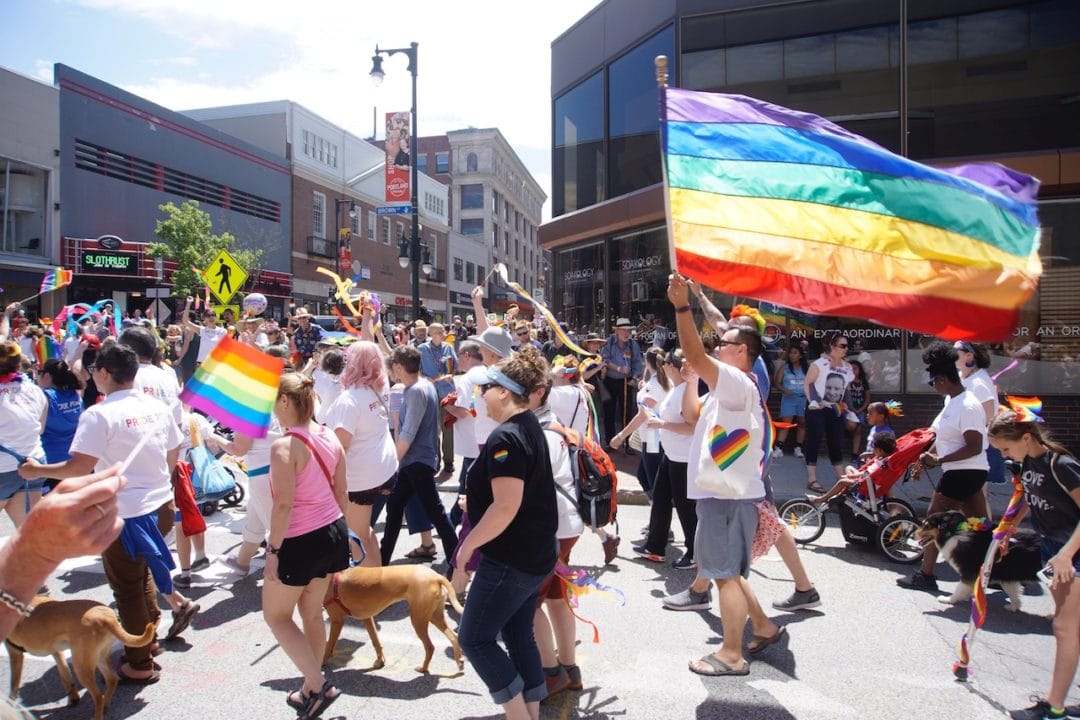
One of my favorite venues is the Apohadion—an eclectic indie music venue and art studio. Modestly housed in a nondescript industrial storefront, it boasts a chaotic mix of chairs, stools, and sofas to accommodate fringe audiences, a gallery wall for local artists, and a handwritten beer list. I see the only sold-out show of this PortFringe there—Séance in the Afternoon, an ensemble piece with a large local cast and an accomplished filmmaker, Kate Kaminski, at the helm.
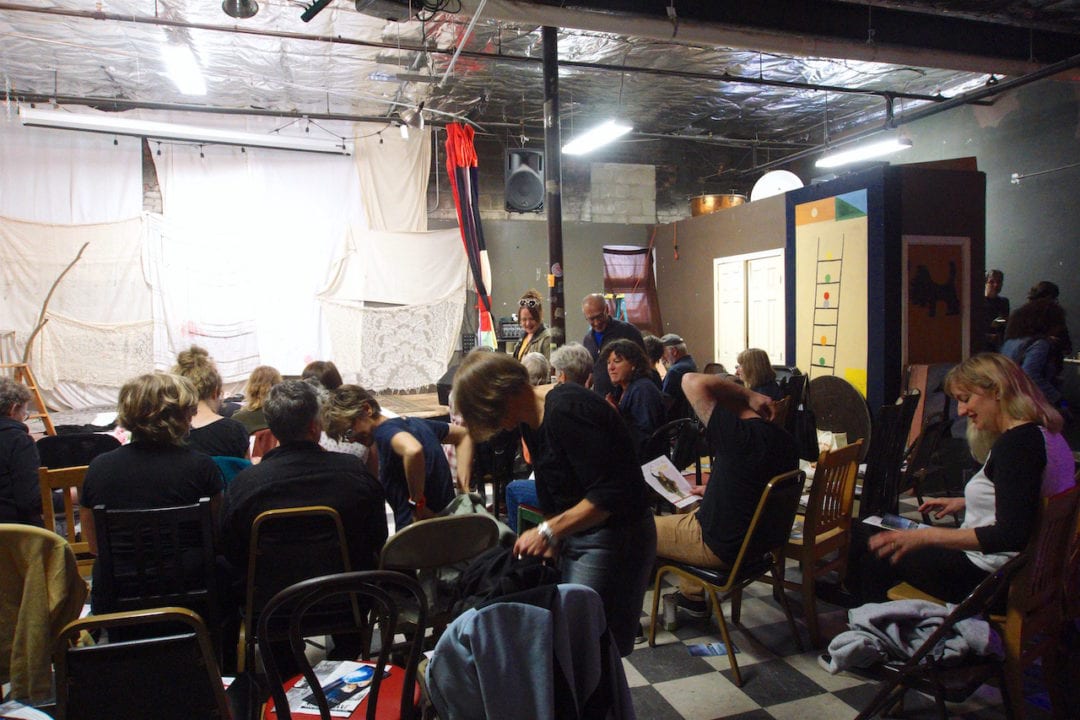
Striking up a conversation with a fellow theater-goer named Mike, he tells me that the Apohadion was originally known as Fort Awesome and co-founded by one of Portland’s most famous sons, recently-deceased musician Dave Noyes. Mike is a painter himself, and used to come to the studio to work on his art, before they turned it into a permitted performance venue after several years of operating strictly underground.
He didn’t even know about the fringe festival, he tells me, but his girlfriend is in the show. He shows me a fake brochure (a faux-chure if you will) for her character, an internet psychic named Rose Slade. The faux-chure on my seat proselytizes the powers of one Leslie Seeman, Empathic Oracle. It’s an artistic flourish that really exemplifies the anything-goes creativity that fringe can inspire.
Go fringe or go home
The next stop on our fringe tour is Winnipeg, Manitoba. As with PortFringe, it’s a fringe I haven’t been to before, and the difference between the two is striking. In Canada, the fringe is a big deal. The Winnipeg Fringe is the second largest arts festival in North America, after Edmonton, selling upward of 100,000 tickets in twelve days. Winnipeg, once known as “The Chicago of the North,” has been a center for live, touring theater since the days of Vaudeville. The city’s appetite for the raw, the raucous, the unknown, and the uncategorizable has remained undiminished over time.
As with the Vaudeville circuit of the early 1900s, some artists tour the fringe every year. Some make enough from their fringe funds to make a living, but more often they are supplementing jobs that have summer breaks built in. The circuit is filled with substitute teachers, performance professionals, freelance directors, and lecturers. But even for these folks, fringe can be more than just a sideline; it’s a lifestyle. There are numerous fringe couples—romantic and artistic—who met each other on the circuit, and in Winnipeg there are at least two fringe babies touring this year with their performer parents.
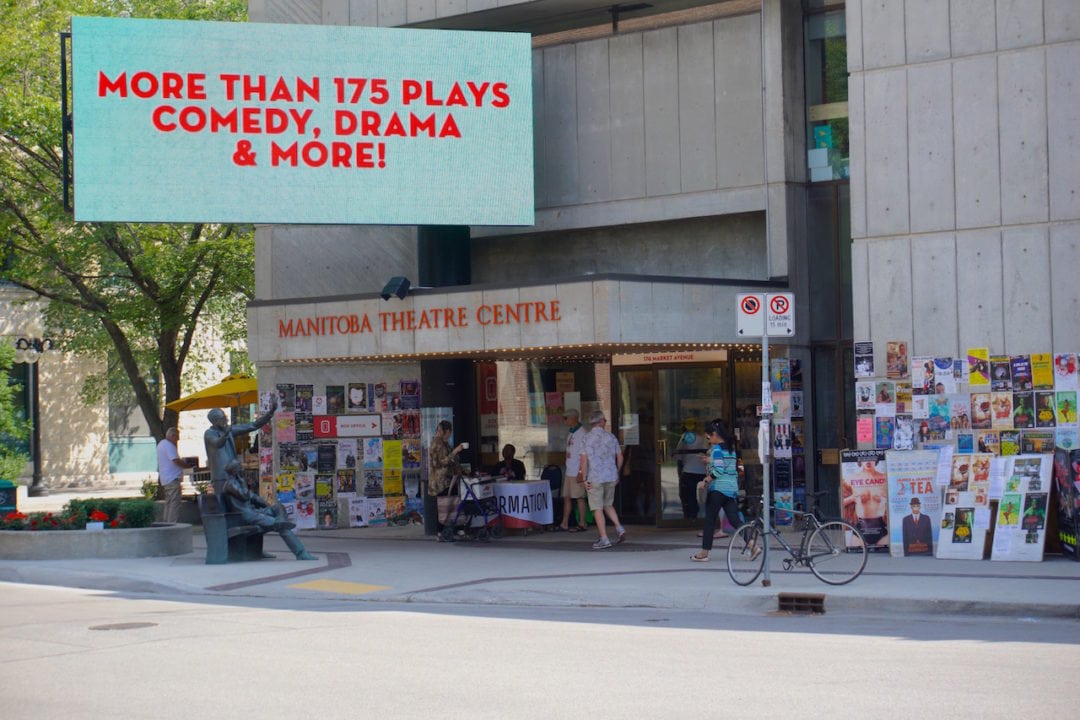
As in Portland, our show is housed in a more traditional theater space—the studio theater of the Royal Manitoba Theatre Centre—right at the center of the action. All day long and well into the evening, fringe patrons make their way to the Centre to buy tickets, check schedules, and compare notes about shows they’ve seen or hope to see.
Unlike in Portland, there doesn’t seem to be a single Winnipegger who has not at least heard of fringe. It’s one of the events of the summer, and the crowds just keep streaming in. Though I expect the audience to be filled with mostly retirees, by evening, the venues begin to fill up with audience members of all backgrounds—from the Winnipeg working-class to millennials and fellow artists.
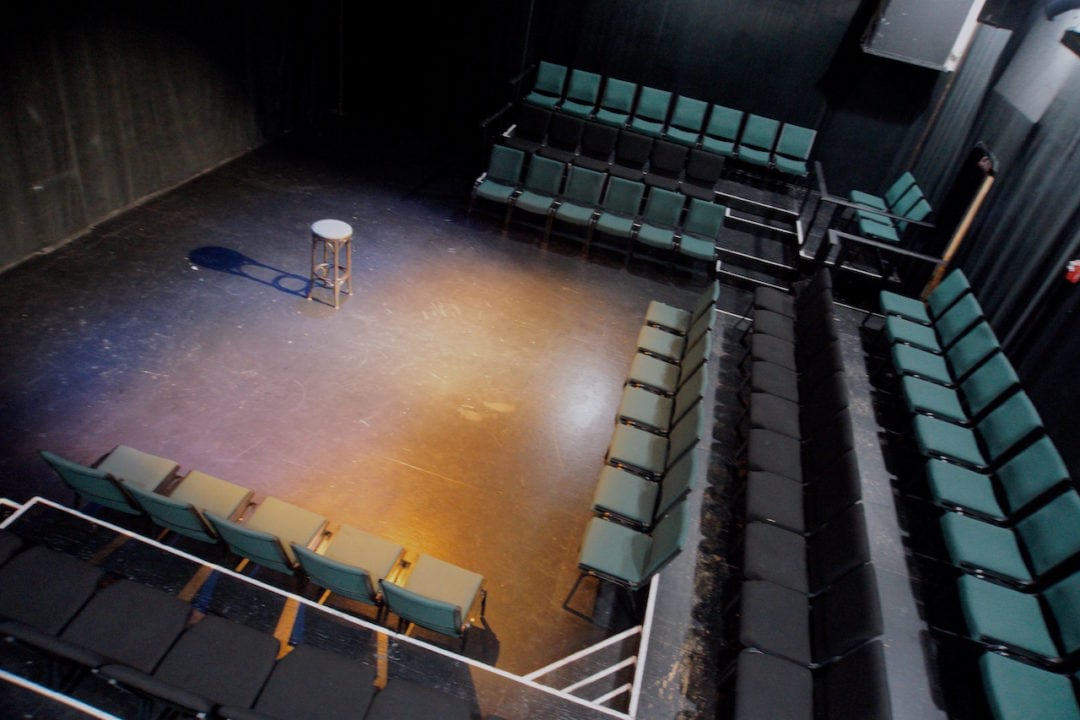
Fringe schedules are busy, and there’s not much downtime after running and seeing shows, or frantically looking for snacks in between them. Because ultimately, fringe is about the performances, and the rare opportunity to do nothing but immerse oneself in the ecstatic visions of other theater-makers. In between running eight performances of our show in Winnipeg, I see around 30 others—often two, three, even four in a row.
I see a local puppeteer pull black ribbons from the orifices of a freaky nude bodysuit with at least a dozen eyes, two shows about Josephine Baker, an eerie reimagining of the classic short story “The Yellow Wallpaper,” one ghost story set in the Antebellum South, and another in Sabina, Ohio.
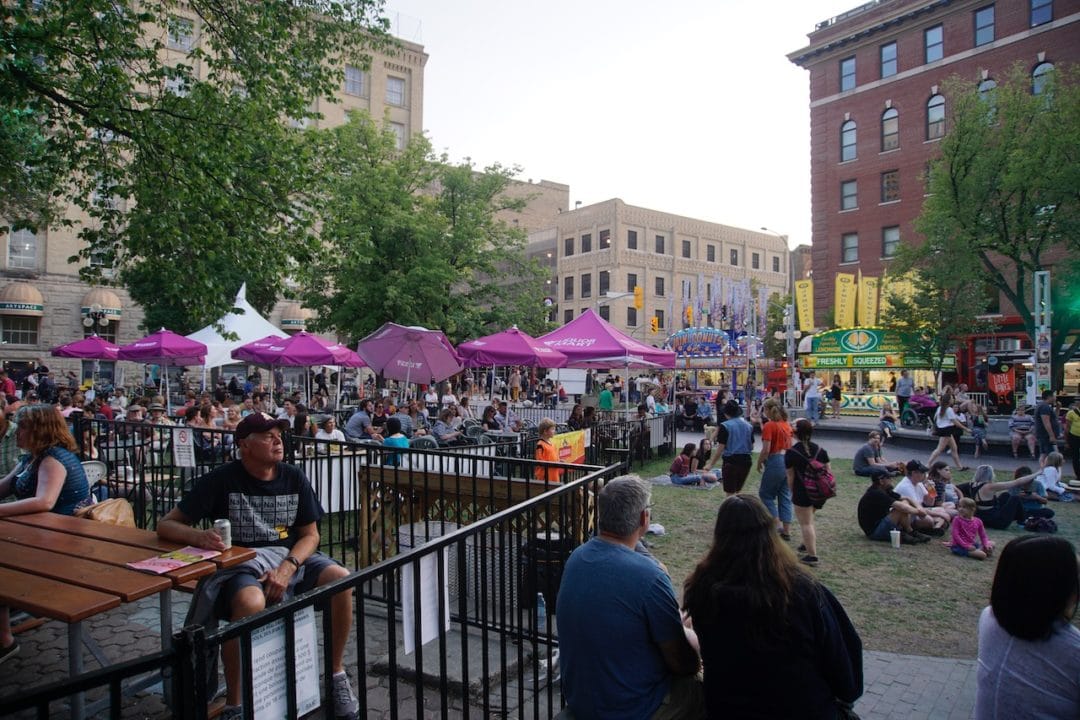
I witness personal tales of the Japanese internment camps, the cyclical nature of addiction, a lifelong struggle with panic attacks, and the recovery process from a brain injury. I see a one-man reenactment of the assassination of Archduke Franz Ferdinand, an abridged version of Wallace Shawn’s incendiary The Fever, and a two-man musical about an accidentally-shrunken janitor living inside the beard of a regular-sized slacker.
Some of these shows are performed by fringe legends, some by fringe regulars, and some by fringe rookies, but all have a place in the fringe ecosystem. In fact, many of these shows would not exist without it. Because when you fringe, all the world truly is a stage. Where any artist can try out anything—and there will always be folks willing to take a chance on it. In a word, fringe is democracy. With puppets.
If you go
Fringe festivals take place all over the U.S. and Canada. Find one near you, or somewhere down the road.
